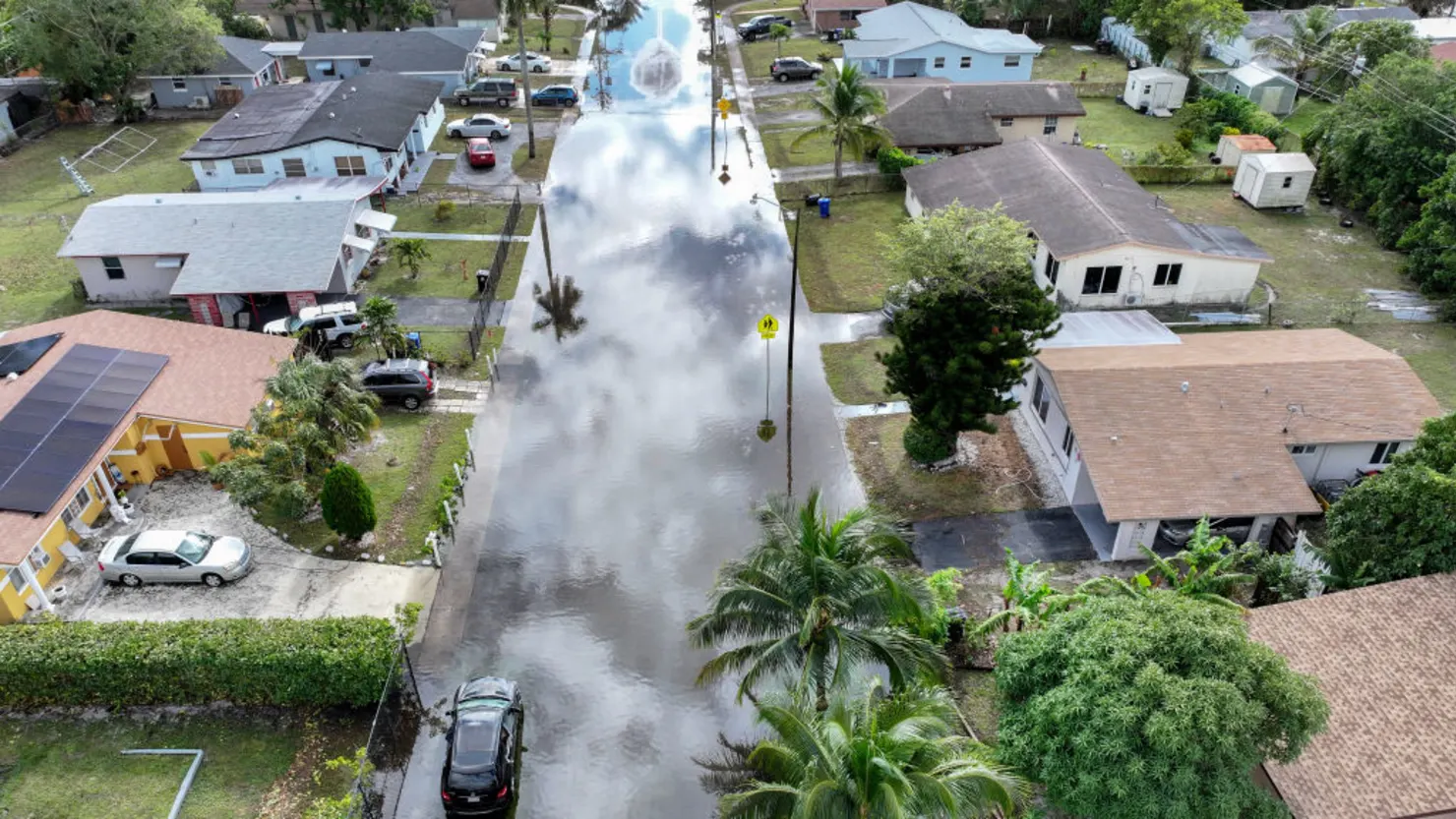Lenders are now factoring climate change into mortgage evaluations, adding a new layer of scrutiny to a borrower’s financial profile. As extreme weather events increase in frequency and severity, the financial risk they pose has become too significant for banks and insurers to ignore. The escalating costs of climate-related disasters are now directly impacting mortgage underwriting, property valuations, and credit servicing.
A new study by First Street, a climate risk assessment firm, highlights that climate-related risks—particularly floods, wildfires, and wind—are already reshaping the mortgage market. In 2024 alone, weather-driven foreclosures could cost lenders an estimated $1.21 billion, representing 6.7% of total foreclosure-related credit losses. Within a decade, that figure could surge to $5.36 billion, nearly 30% of such losses.
The ripple effects are already evident in states like Florida, California, and Louisiana, where homeowners are increasingly burdened by soaring insurance premiums. In some cases, the added financial strain has led to rising foreclosure rates, especially in properties damaged by flooding. On average, post-flood foreclosure rates jump by 40% compared to undamaged homes in the same area.
These risks are not just driven by the natural events themselves but by indirect financial pressures such as the rising cost of insurance and a lack of federal support. FEMA, traditionally a major resource in disaster recovery, is facing both staffing and funding cuts, further weakening the safety net for affected homeowners. At the same time, major lenders and institutions like Fannie Mae have yet to fully integrate climate risk into their credit models, despite ongoing discussions about doing so.
Climate exposure now stands to influence not only loan approval chances but also the cost of borrowing. High-risk properties may cause a borrower’s credit profile to be downgraded, potentially raising interest rates or restricting loan options. This shift underscores the systemic nature of climate risk in the housing market.
The study concludes that weather disasters are introducing significant hidden risks into mortgage portfolios. These risks are poised to grow unless lending practices evolve. As severe weather becomes the new normal, climate change is no longer a future concern—it’s a present-day financial reality for both lenders and homeowners.
READ MORE:
